Lomography LomoKino review
The Lomography LomoKino video camera shoots silent movies using 35mm film
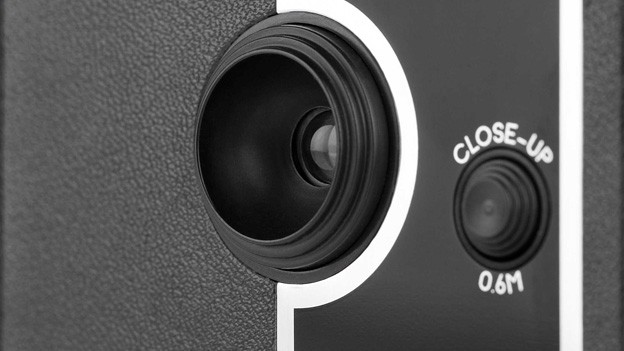
-
+
Retro design
-
+
Relatively cheap
-
+
Easy to use
-
-
Processing can be pricey
-
-
Images are soft
-
-
Viewfinder isn't great
Why you can trust T3

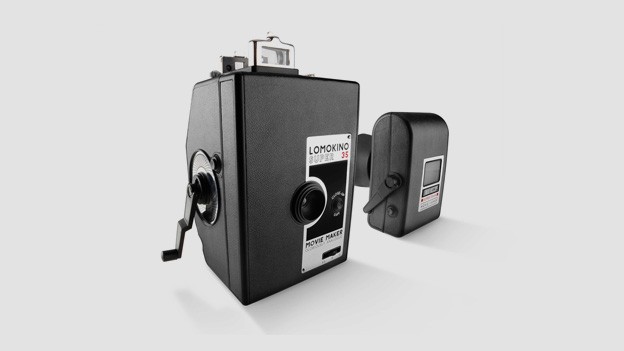
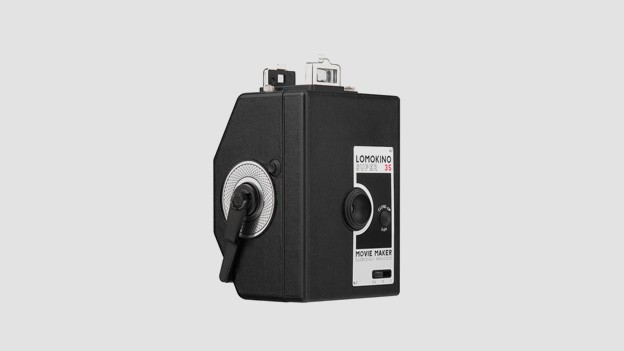
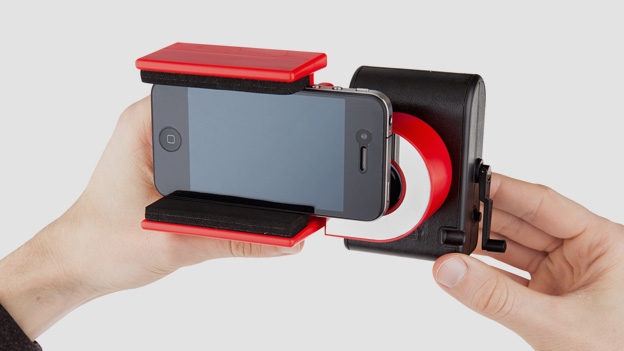
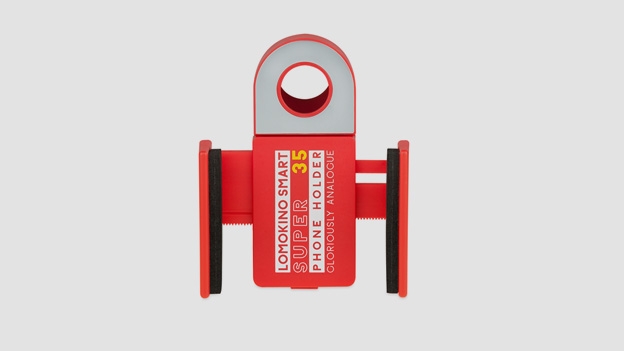
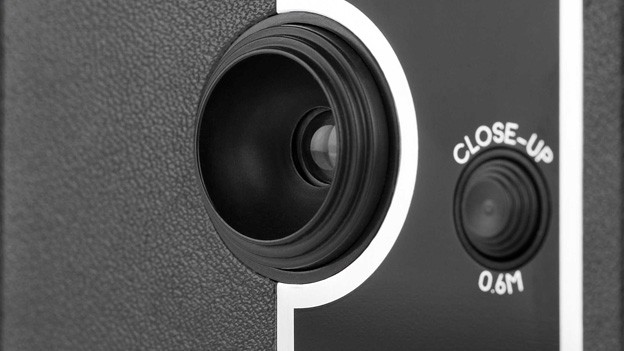
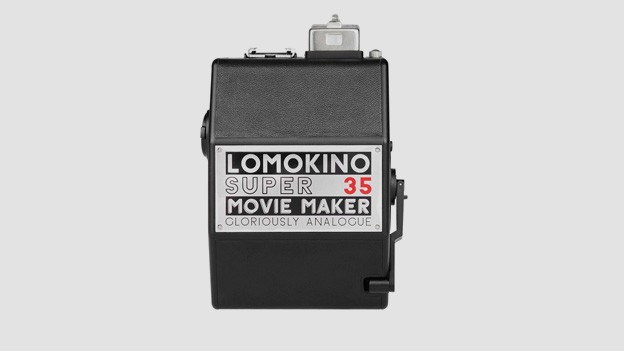
The Lomography LomoKino analogue movie camera uses conventional 35mm film to produce your very own silent films, but is it any good?
The Lomography LomoKino video camera is the latest gadget from the analogue brand, and it enables you to produce silent movies using conventional 35mm film, a good alternative to the old-school 8mm film cameras, which are relatively expensive to buy and use (not to mention the time it takes to track one down in a second-hand shop or on eBay).
Although no one would claim that Lomography products deliver the sharpest or most faithful photographic results ever, particularly at the lower end of the price scale, Lomo cameras have made a niche for themselves among photo enthusiasts with a well-developed sense of humour.
And most of the brand's 'toy' cameras, such as the LomoKino here (German for 'cinema'), are cheap enough that you may be tempted to risk an impulse purchase. It's certainly cheaper than the quirky Polaroid Z340 instant camera which will set you back £229, while the high-end Lomography LC-Wide will cost you £350.
Oddly reminiscent of a bus conductor's ticket machine, complete with wind-on lever, the Lomography LomoKino is another 'gloriously' retro analogue example. Even compared with previous multi lens Lomos and competitors like the Blackbird, fly, the concept of the LomoKino is out there: it shoots short movie clips of just 144 frames using a roll of 36-exposure 35mm film: that's right, the type usually reserved for stills photography.
As a strictly analogue affair, the LomoKino has no direct rivals and won't be featuring in our list of the best digital compact cameras, Along ith the LomoKino camera itself, you can also get yourself the LomoKinoScope for watching your films back in analogue style, while the LomoKino Smart Phone Holder will let you the film straight to your mobile (more on that later).
Lomography LomoKino: Controls
The LomoKino is decidedly low tech and plastic-y, which some will perceive as part of its charm. Filming involves pointing the wide-angle 25mm lens in the direction of your subject and manually cranking an arm on the side of the camera that advances the film inside at a rate of between three and five frames per second.
With shots composed via small flip up optical viewfinder, focus range is from one metre to infinity, though holding down a button on the LomoKino's front shortens this to 0.6 metres so glamorous starlets can be ready for their close up.
Lomo claims you'll need a separate analogue LomoKinoScope to view the 'movie' as it's meant to be seen however – both camera and scope can be bought in an £89 pack, or LomoKino on its own for £65 – and using slide film rather than negative is advised to maintain colours.
Lomography LomoKino: Viewfinder
There's no screen here obviously, just a small flip up optical viewfinder on the top plate that requires the user to effect a squint and a look of deep concentration. You may think you look cool with your little ticket machine come camera, but in fact you resemble a bit of a closet eccentric. A sense of humour is required here.
Lomography LomoKino: Performance
The LomoKino 'films' as fast, or as slow, as you're able to wind the requisite cogs. The optional LomoKinoScope also features a crank arm like the camera, so you can watch back the results in real time. Crank faster and the film will speed up, slower and it will slow down. As ever with Lomo, the appeal and anticipation provides more of a high than the execution.
Lomography LomoKino: Film
There's no battery here, this is a fully analogue device, the power coming from your own wrist and elbow, and operation simply lasts as long as the film you've inserted or until you start to feel the twinges of repetitive strain injury, whichever is sooner.
There's a handy 'full/empty' indicator on the LomoKino's side so you can estimate how far through the film roll you are without having to otherwise open the back of the camera, expose and ruin it.
Lomography LomoKino: Picture quality
Again, this analogue camera harks back to an era when, if you mentioned 'video' to anyone, they either wouldn't have had a clue what your were on about or would immediately recognise you as a scholar of Latin.
If you're fed up with digital footage looking too clean and showing up all your spots in HD, you'll love the Lomo. With plenty of room for human error, the kind of footage achievable is jerky, softly ill defined and some may say utterly charming.
If you're not going to use Lomo's own Lomolab for processing, who will conveniently digitally scan your mini masterpieces and return you a CD in their place, you'll also need a sympathetic and understanding processing lab who can avoid cutting the film into strips as they normally would with stills photography.
The reason being that you'll need the film kept as one long continuous roll that you can thread through the LomoKinoScope viewer, if you're going to be a complete retro nut and watch them back in analogue fashion too.
Lomography LomoKino: LomoKinoScope
The LomoKinoScope sports a faux-leather retro style that's similar to the camera itself, and features a crank to turn the film and a large rubber eyepiece to hold up against your eye for easy viewing. All you need to do is load up your processed film, hold the device up to the light and turn the crank. Loading the film into the supplied canister is a fiddly business, but it gets easier with practice.
Although you can view any type of film using the LomoKinoScope, to get the full effect, you'll need to use slide film that's been processed in slide film-specific E6 chemicals (ask your photo lab). Using conventional colour film and the usual processing will make your pictures in negative. The LomoKinoScope works surprisingly well and is sure to appeal to analogue nuts who want to 'keep it real'.
Lomography LomoKino: LomoKino Smart Phone Holder
Since the launch of the original camera, Lomography has once again upped the ante with the introduction of the LomoKino Smart Phone Holder (£19.90). This nifty little gadget enables you to play back the film on the LomoKinoScope and make a video of it on your smartphone.
It's easy enough to hook up your smartphone using the vice-like mechanism, although it does take a while to get the phone's camera lined up with the viewer. The results are pretty lo-fi, as you'd expect, looking more like a flip book than a smooth video file. It's also a bit tricky to hold the smartphone holder steady while turning the crank but but this is still a swift, albeit unpolished, way of digitizing your mini analogue movie, especially if you want to carry it around on your smartphone to show your chums.
Lomography LomoKino: Verdict
For most of us the LomoKino is one of those concepts we'll probably only try once or at best a handful of times. Still, with its boxy retro appearance and decidedly 'movie ham' feel it will provide a talking point for visitors even if all you do end up doing is sticking the LomoKino on a shelf.
Lomography LomoKino availability: Available now
Lomography LomoKino price: £65 (£89 with LomoKinoScope)
Sign up to the T3 newsletter for smarter living straight to your inbox
Get all the latest news, reviews, deals and buying guides on gorgeous tech, home and active products from the T3 experts
Gavin Stoker has been writing about photography and technology for the past 20 years. He currently edits the trade magazine British Photographic Industry News - BPI News for short - which is a member of TIPA, the international Technical Imaging Press Association.
-
 New Casio G-Shock is half sci-fi nightmare, half Y2K chic
New Casio G-Shock is half sci-fi nightmare, half Y2K chicI hate how much I love this
By Sam Cross Published
-
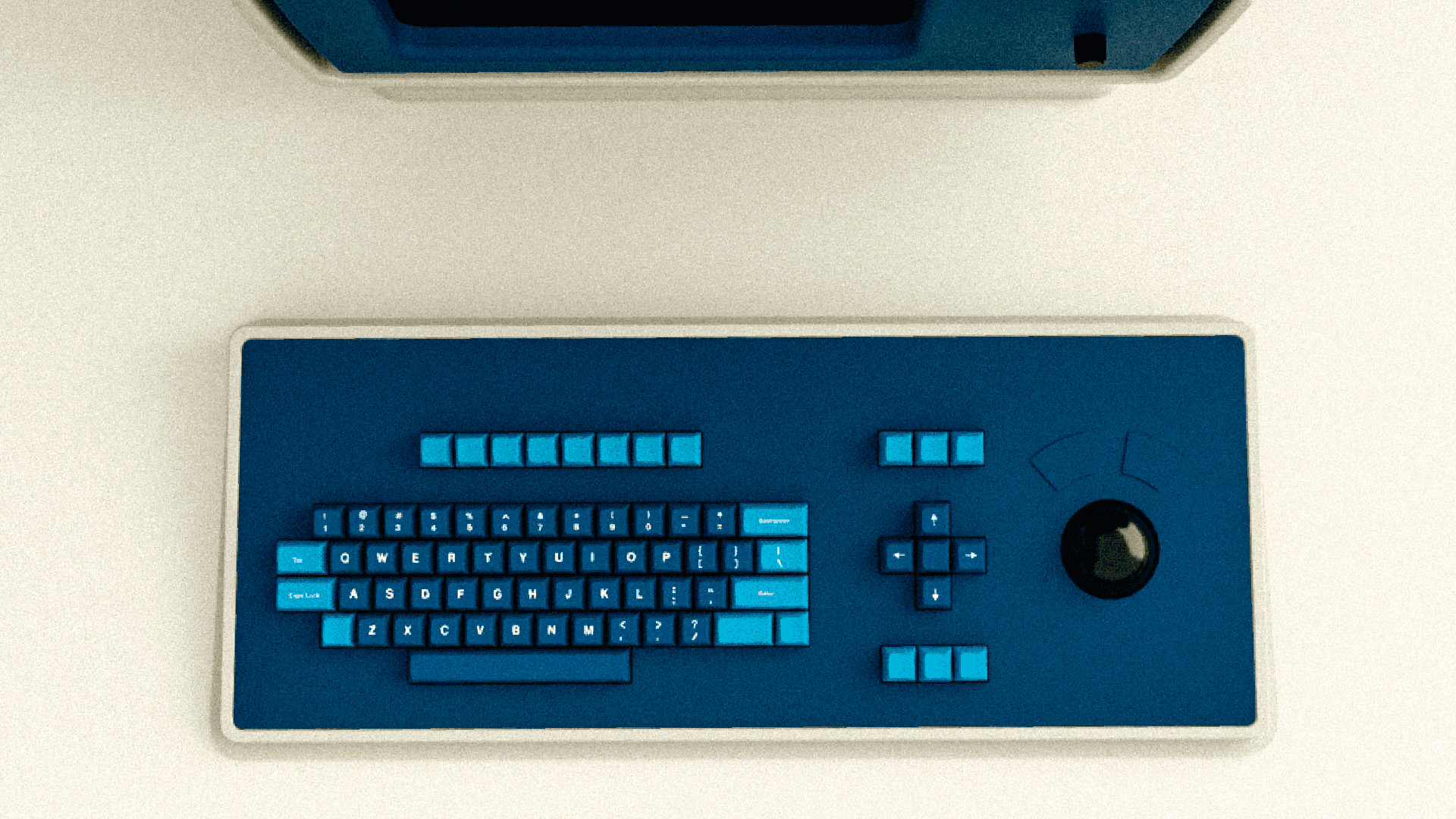 Apple's Severance computer may have been a joke, but the keyboard is coming for real
Apple's Severance computer may have been a joke, but the keyboard is coming for realTell us where we can sign up!
By Britta O'Boyle Published
-
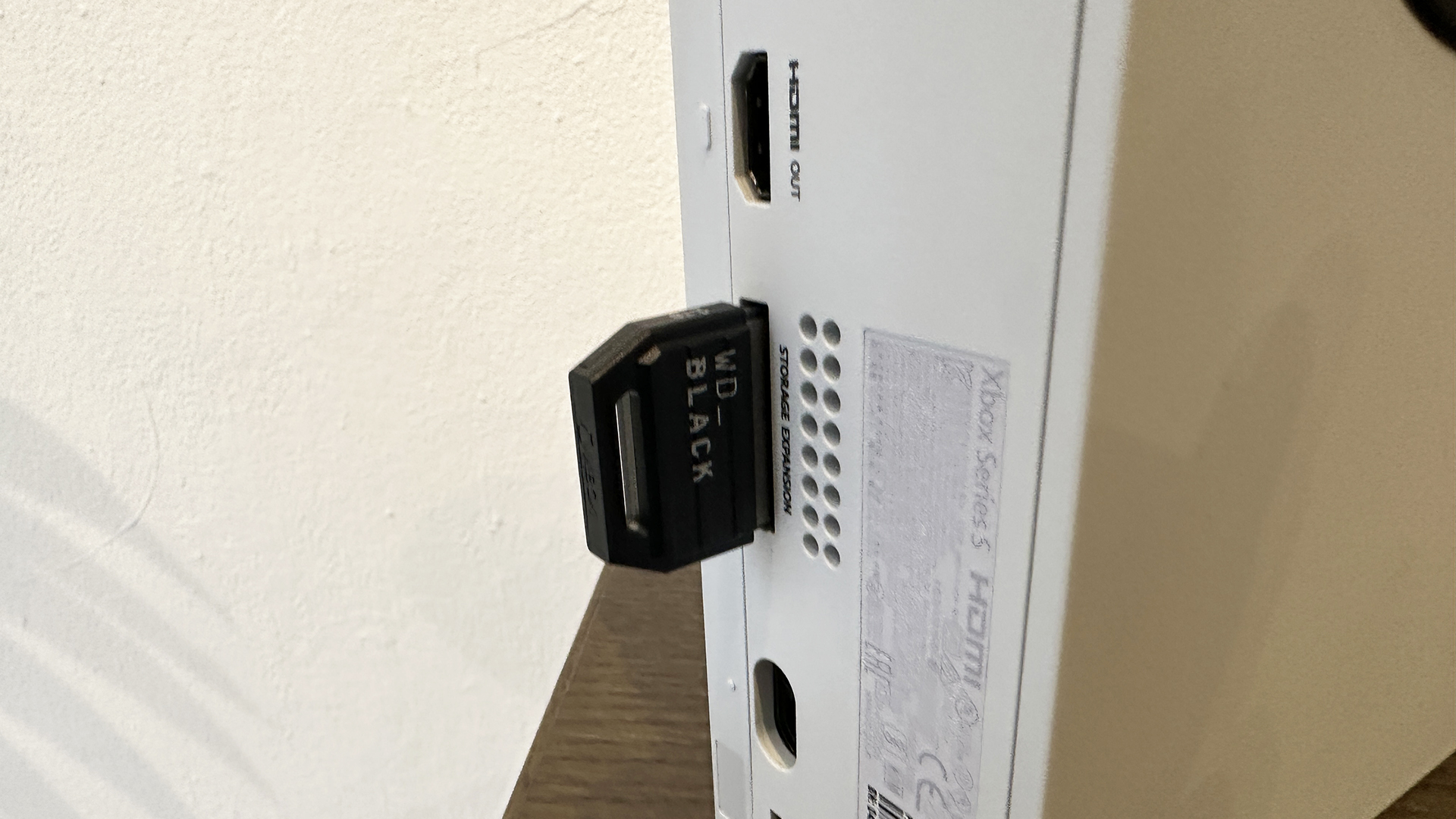 Xbox Series X/S storage space problems solved by a sneaky Xbox Game Pass update
Xbox Series X/S storage space problems solved by a sneaky Xbox Game Pass updateYou may never have to buy external storage again
By Rik Henderson Published